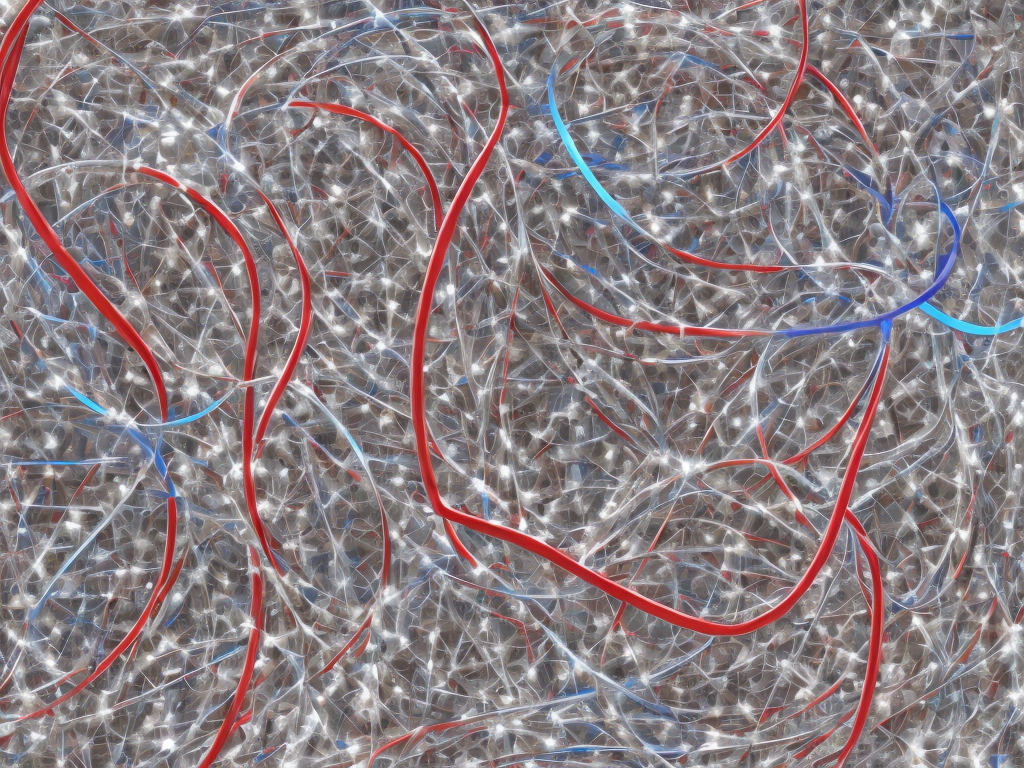
Deoxyribonucleic acid, or DNA, and ribonucleic acid, or RNA, are the two primary nucleic acids in biological systems. They are macromolecules that play vital roles in the storage, transfer, and expression of genetic information, ultimately shaping all known forms of life. Despite sharing a similar chemical composition, there are significant structural differences between DNA and RNA that underlie their distinct functions. In this essay, we will explore these differences in detail and explain how they relate to the critical roles that DNA and RNA play in biological systems.
The structure of DNA and RNA is defined by their monomeric building blocks, nucleotides. A nucleotide consists of three main components: a sugar molecule, a phosphate group, and a nitrogenous base. In DNA, the sugar molecule is deoxyribose, while in RNA, it is ribose. Deoxyribose has one less oxygen atom than ribose, which gives DNA its name. The phosphate group is a negatively charged chemical group that links nucleotides together through covalent bonds, forming the backbone of DNA and RNA molecules. The nitrogenous base is a nitrogen-containing ring structure that determines the identity of a nucleotide. There are four different nitrogenous bases in DNA: adenine (A), cytosine (C), guanine (G), and thymine (T). In RNA, thymine is replaced by uracil (U).
The most noticeable structural difference between DNA and RNA is their shape. DNA has a double helical structure, while RNA usually exists as a single stranded molecule. The double helical structure of DNA results from two complementary strands that wind around each other in a right-handed manner. The two strands are held together by hydrogen bonds between the nitrogenous bases, with adenine (A) always bonding with thymine (T) and guanine (G) with cytosine (C). The hydrogen bonds between the nitrogenous bases are relatively weak, so the two strands of DNA can be separated easily by breaking these bonds. This feature allows the DNA molecule to be replicated or transcribed into RNA.
RNA, on the other hand, is usually a single-stranded helix. The single-stranded nature of RNA allows for more flexibility in its structure and function. However, some RNA molecules, such as transfer RNA (tRNA), have complex three-dimensional structures that allow them to recognize and interact with other molecules with high specificity. These complex structures in RNA are stabilized by various types of interactions, such as base pairing, stacking interactions, and hydrogen bonds.
Another critical structural difference between DNA and RNA is their stability. DNA is a more stable molecule than RNA due to the presence of the 2'-hydroxyl group on the ribose sugar in RNA. This group is not present in DNA, and its absence makes the DNA molecule more resistant to chemical and enzymatic degradation. RNA, in contrast, is more susceptible to degradation due to the presence of this 2'-hydroxyl group. RNA molecules also tend to adopt more dynamic structures due to the dynamic nature of the hydrogen bonds between their nitrogenous bases.
The third significant structural difference between DNA and RNA is their function. DNA primarily serves as the genetic material of a cell, encoding the instructions necessary for the growth and development of an organism. The sequence of the nucleotides in DNA determines the sequence of amino acids in proteins, which ultimately dictates the function of the protein. RNA, on the other hand, plays several crucial roles in gene expression, including the transcription of DNA into RNA, the processing of RNA transcripts, and the translation of RNA into proteins. In addition to these functions, RNA molecules can also act as enzymes (ribozymes) and regulatory molecules (such as non-coding RNA).
In conclusion, while DNA and RNA share a similar chemical composition, their structural differences play a crucial role in determining their function. The double helix structure of DNA provides stability and accessibility for replication and transcription, while the single-stranded helix of RNA allows for more flexibility in structure and function. The presence of the 2'-hydroxyl group on the ribose sugar in RNA makes RNA more susceptible to degradation, and, hence, the molecule has to be continually replaced. DNA serves as the genetic material of a cell, encoding the instructions necessary for the growth and development of an organism, while RNA has numerous roles in gene expression, including transcription, processing, and translation. Understanding the structural differences between DNA and RNA is an essential step toward understanding the complex molecular mechanisms that underlie the fundamental processes of life.
 Self-Instruct
Self-Instruct